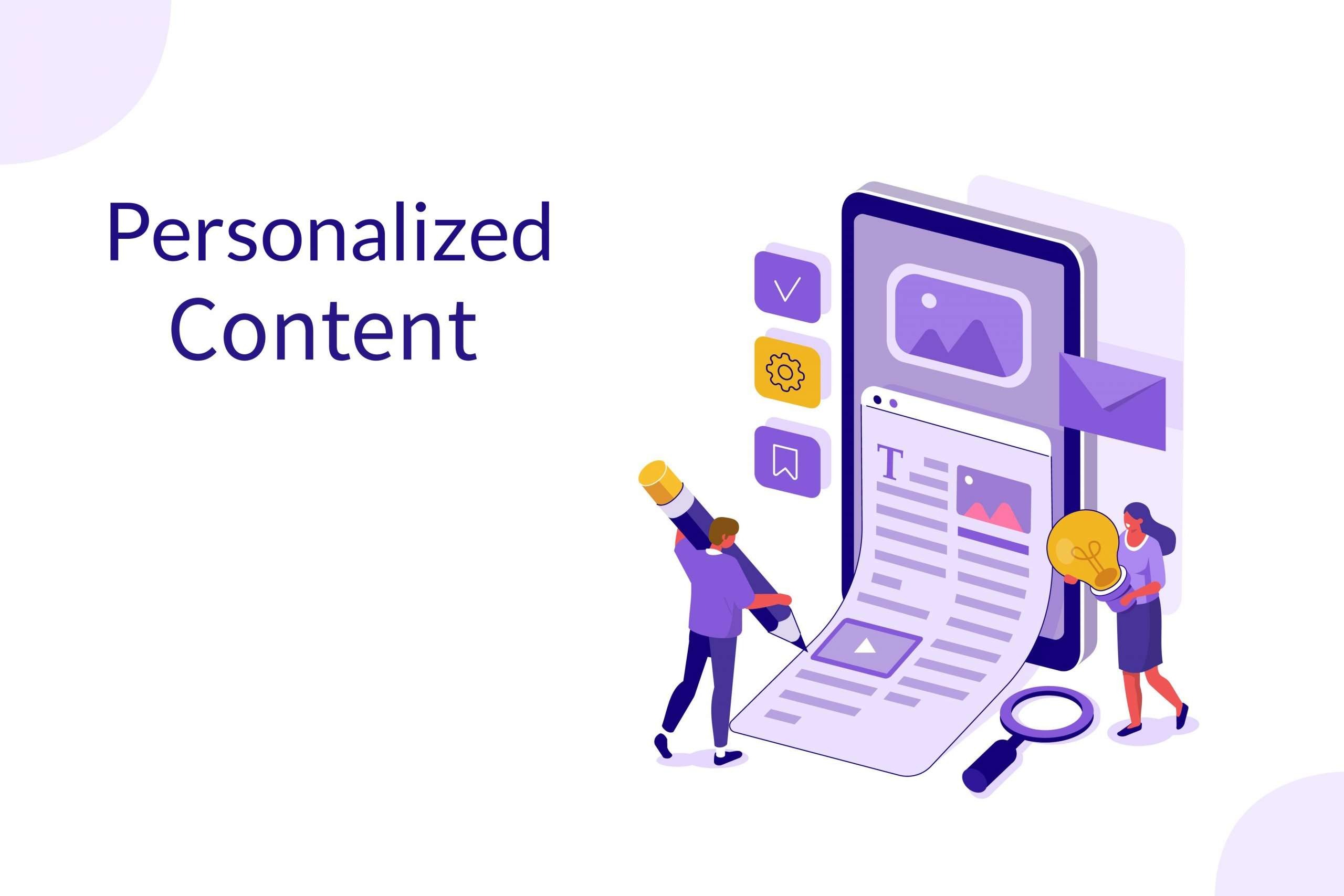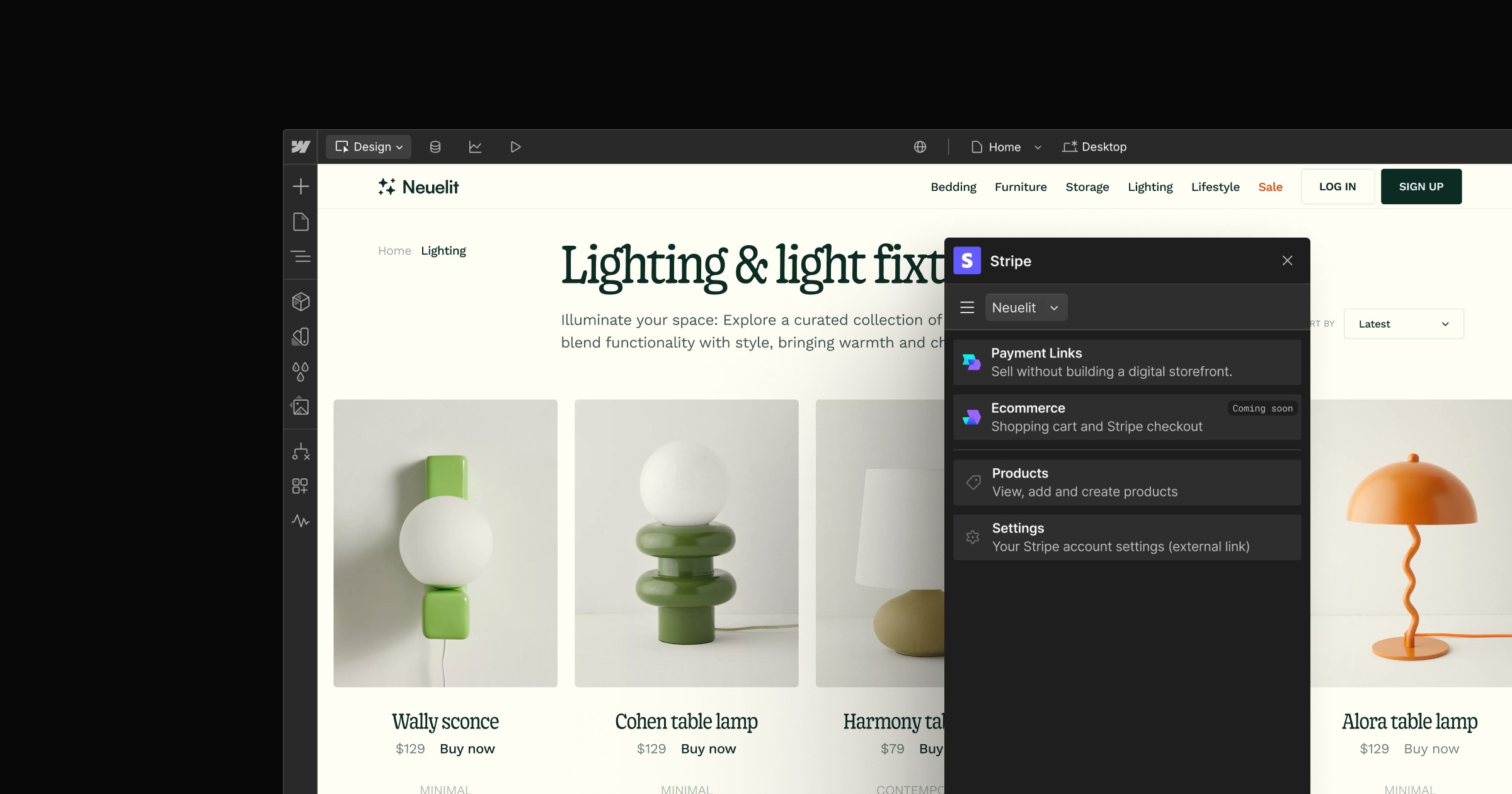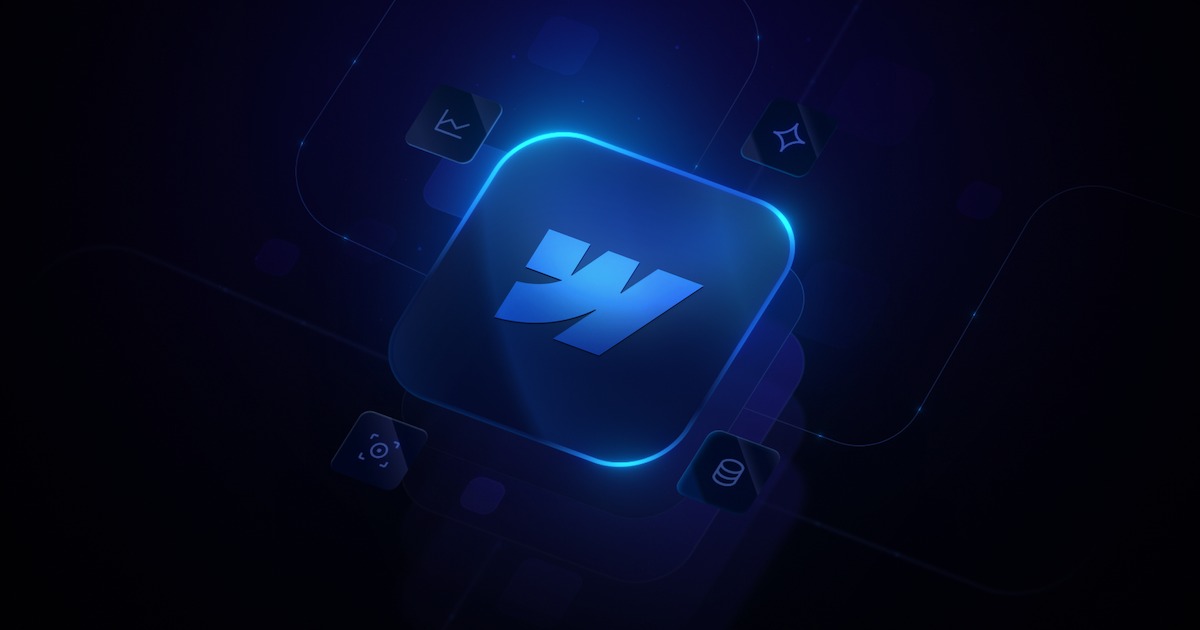Project
Webflow
What is Content Personalization (and How to Get Started)

What is Content Personalization?
Content personalization is the process of tailoring digital content to individual users based on their preferences, behavior, demographics, or interactions. Instead of delivering a one-size-fits-all experience, personalization ensures that users receive relevant and engaging content, increasing customer satisfaction, conversions, and brand loyalty.
Why Content Personalization Matters
Personalized content enhances user experience by providing information that aligns with their interests and needs. Key benefits include:
- Improved Engagement: Personalized content resonates more with users, keeping them on your site longer.
- Higher Conversion Rates: Targeted recommendations lead to increased sales and lead generation.
- Stronger Customer Loyalty: Providing relevant experiences fosters trust and long-term relationships.
- Reduced Bounce Rates: Visitors are more likely to stay on your site when presented with content that interests them.
How to Get Started with Content Personalization
1. Understand Your Audience
Start by collecting data on user behavior, demographics, and preferences. This can be done through:
- Website analytics (Google Analytics, Hotjar, etc.)
- Customer surveys and feedback forms
- Social media insights
- CRM and email marketing tools
2. Segment Your Audience
Group your audience based on shared characteristics such as:
- Demographics: Age, location, gender
- Behavior: Past purchases, browsing history, interactions
- Interests: Topics or products they engage with frequently
3. Choose the Right Personalization Strategy
There are different ways to personalize content, including:
- Dynamic Website Content: Show different content to users based on their previous behavior.
- Personalized Email Campaigns: Send targeted emails with product recommendations or exclusive offers.
- Product Recommendations: Use AI-powered suggestions based on browsing and purchase history.
- Location-Based Personalization: Adapt content based on the user’s geographical location.
4. Leverage AI and Automation
Using tools like machine learning and automation can help scale personalization efforts efficiently. Some popular tools include:
- HubSpot
- Optimizely
- Adobe Target
- Segment
5. Test, Analyze, and Optimize
Personalization is an ongoing process. Continuously analyze performance metrics, run A/B tests, and refine your approach based on user feedback and engagement.



